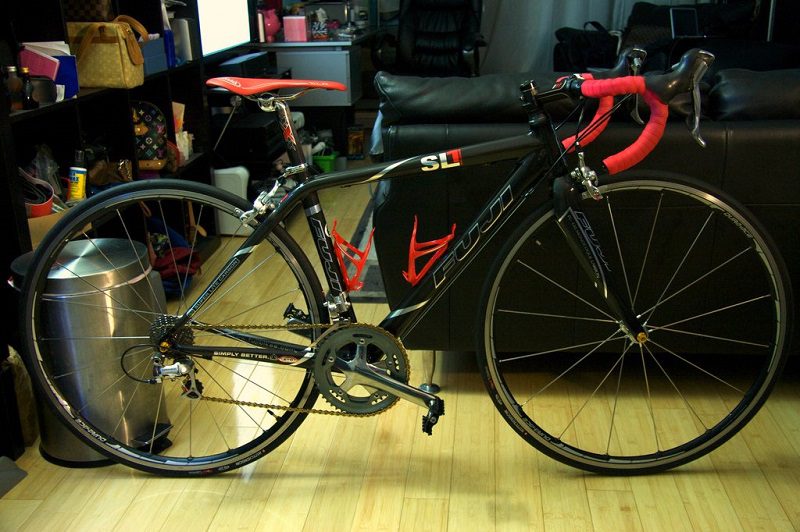The 10-minute carbon-fibre inspection
Carbon fibre is no longer the exotic material that it once was. With proper care, a carbon-fibre bike with carbon parts can be a dream to ride and last a long time.

by Chad Grochowina

Carbon fibre is no longer the exotic material that it once was. The cycling industry has embraced its use with open arms and manufactures almost everything with it these days. With proper care, a carbon fibre bike with carbon parts can be a dream to ride and last a long time. When used for how it’s intended, carbon fibre has the upper hand in performance for most situations. Yes, it does occasionally break, and not all carbon fibre is created equal, but no other material can be manipulated the way carbon can. One thing that does ring true with all carbon components: they need to be inspected routinely for cracks or damage.
You should inspect your bike after every wash, after a creak develops, and definitely after a crash. Look closely for scratches, especially anything deep or through the paint. With a dollar coin, tap on any suspect area and listen for a change in sound. A normal “tap” sound will become a dull thud when the carbon is broken. Gently push on the suspect area to feel if it’s softer than the surrounding area. For dual-suspension mountain bikes, in addition to the regular frame inspection, look for cracks around pivots and bearings. Also check underneath the down tube for impact cracks, commonly caused by rocks flying up and smacking the down tube.
“After a crash, a shifter that rotates on the bar can eat into it, and even saw through it over time.”
Once a season, you should perform a more thorough inspection. If your bike has taken a hard hit or been involved in a crash, a good check over is imperative to ensure your safety. Pull out your seatpost and look for cracks around the clamping area. Remove your bar tape, and inspect around the shifter clamps for any scoring or scratching. After a crash, a shifter that rotates on the bar can eat into it, and even saw through it over time. The same is true for mountain bikes as shifters and brake levers often spin on the bar in a crash. Remove the bar from the stem, and inspect the clamping area for any cracks or blemishes.
If your fork is made with a carbon steerer tube, a seasonal inspection is a must. Again, look for scoring or scratching around the steerer. This procedure is even more important if you’ve been riding with a loose headset, which can cut its way through a steerer.
If you have carbon wheels, they deserve a look, too. If they are still spinning true and the spoke tension feels even, they are most likely OK. Wheels that come out of true from a crash or hard impact need to have an experienced wheel builder look at them. There are a number of things that can go wrong that aren’t necessarily obvious to the untrained eye.
As with steel, titanium, and aluminum, carbon fibre repair is commonplace these days. Repairs are usually reasonably priced (that is, much cheaper then a crashreplacement price offered from many manufacturers). If the repair receives some paint, you’ll never know that it was ever broken. (That does open up a whole other can of worms in the used bike marketplace, but that’s another story.) Your favourite bike shop should be able to steer you in the right direction for getting your frame repaired.
